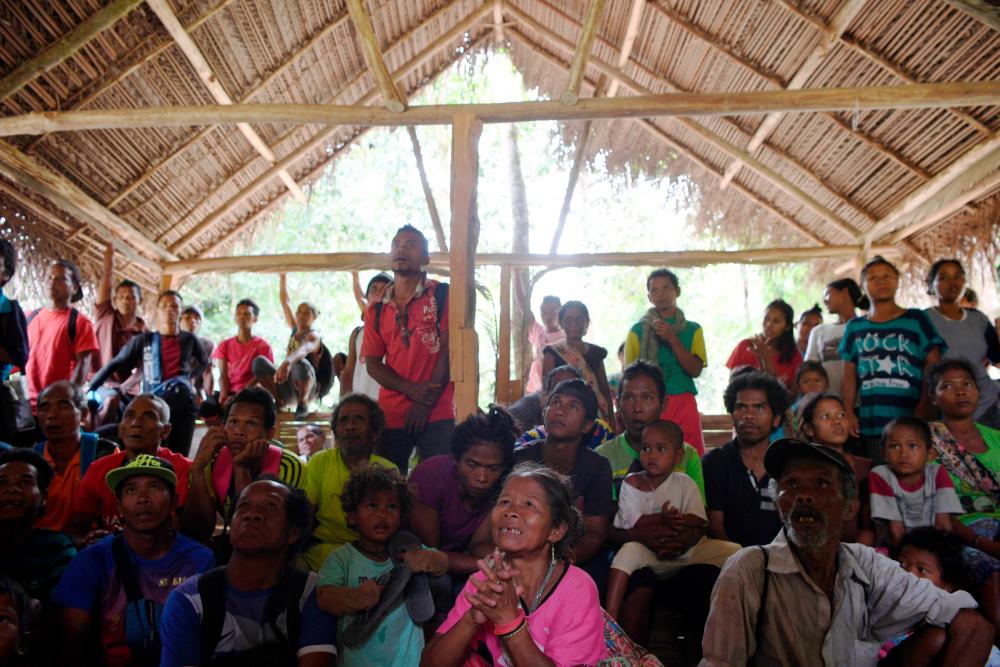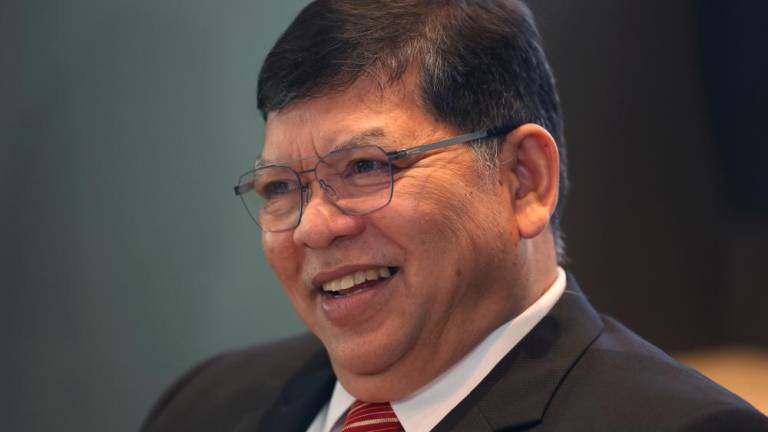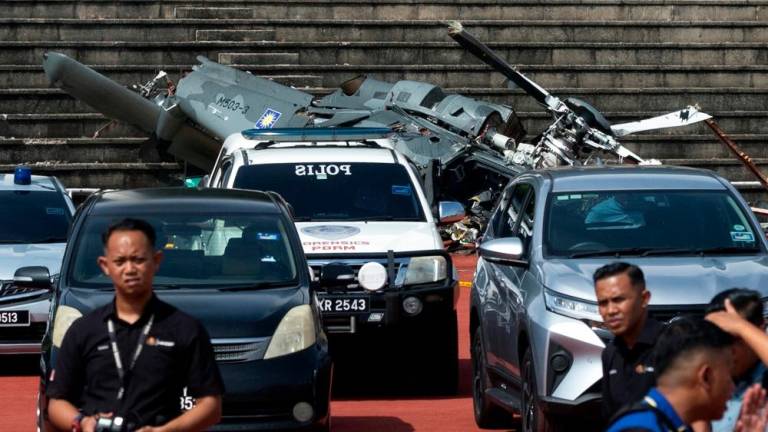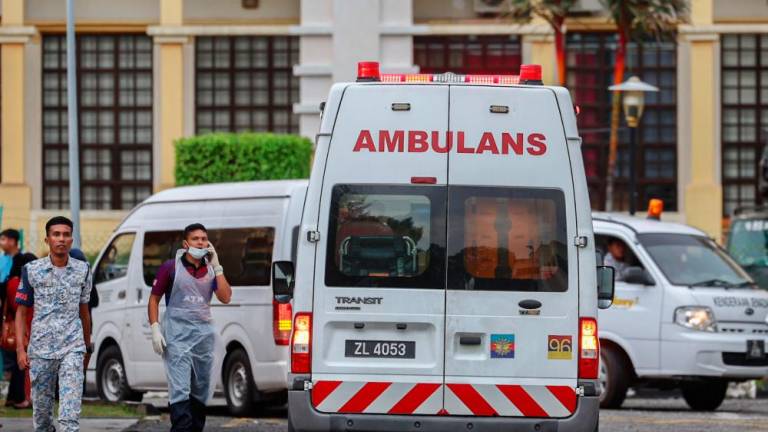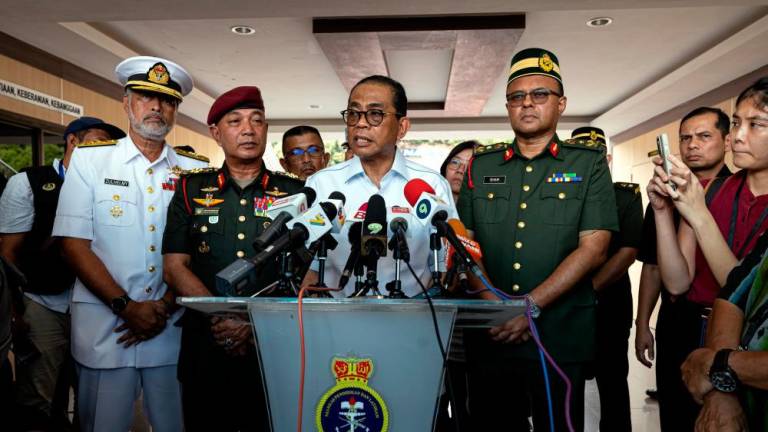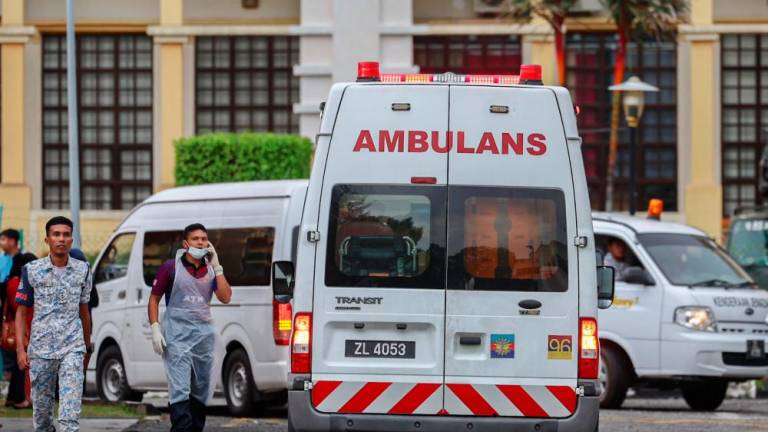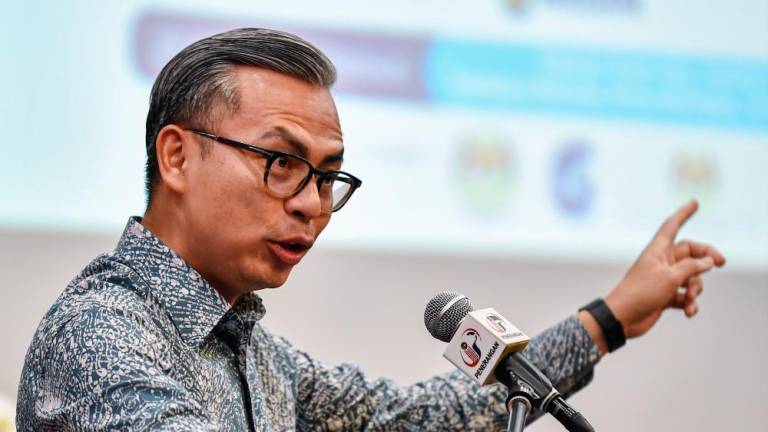THE Orang Asli, the often overlooked and “invisible” aboriginal communities of Peninsular Malaysia, constitute a small minority population who are stereotypically marginalised.
To date, the Orang Asli community make up 178,197 out of a population of about 32.7 million people – according to the latest data (from 2021) as maintained by the Department of Orang Asli Development or Jakoa.
The majority of Orang Asli are from the tribes of Senoi, Proto-Malay and Negrito.
Under the Federal Constitution, as per Article 160(2), the term “aborigine” is synonymous or equivalent to the Orang Asli communities of the peninsula.
The term, “Orang Asal” (original people), on the other hand, is all-encompassing and inclusive of all the indigenous people of Malaysia, including the Malays alongside the natives of Sabah and Sarawak.
All in all, the indigenous of Malaysia is known as bumiputra or occasionally referred to by the term pribumi and are endowed with and recognised by their “special position” under Article 153 of the Constitution.
The welfare of the Orang Asli community is also accorded protection under Article 8(5)(c) of the Constitution, which allows for a quota to be set aside for the recruitment of the Orang Asli in the civil/administrative service (a reasonable proportion of suitable positions in the public service).
There is also specific legislation known as the Aboriginal Peoples Act (1954) – “An Act to provide for the protection, well-being and advancement of the aboriginal people of Peninsular Malaysia” – which focuses on their “immediate priorities”, i.e, land-related issues, including reservation and rights of occupancy, and basic educational access.
Other than land-related issues and basic educational access, the policy priorities for the Orang Asli also include:
-> provisions of facilities and amenities, such as electricity and clean water supply and even internet connectivity together with digital devices i.e, laptops, tablets, and smartphones;
-> eradicating hardcore/extreme/absolute poverty;
-> (re)settlement into urban life, educational attainment, especially tertiary and Tvet (technical and vocational education and training); and not least,
-> access to healthcare across the board from rural clinics, including mobile and flying (primary care) to hospital services (secondary and tertiary care).
The health disparities between the Orang Asli and the rest remain in stark contrast on the whole.
The Orang Asli also suffer from tropical diseases that are not typical in the mainstream population.
These mainly involve soil-transmitted helminth (STH) – intestinal worms infecting humans that are transmitted through contaminated soil.
The highest prevalence recorded in a study was 98.4% among 122 Orang Asli from seven groups in the states of Perak, Selangor, Johor and Pahang, where researchers used the real-time polymerase chain reaction method to diagnose STH.
In fact, the general health status of Orang Asli health has only deteriorated.
For example, Orang Asli children are 11 times more likely to die under the age of five compared with children from major ethnic groups, according to Dr Amar-Singh HSS.
The rest are exposed to a high rate of malnutrition and anaemia.
In fact, 60% to 70% of Orang Asli children are determined to be malnourished by the time they are five to seven years old.
And these rates of childhood malnutrition are continuously rising due to absolute and hardcore poverty and the high cost of living.
As it is, the nutritional status of Orang Asli is typically low, especially among women and children.
For example, it was found that among adult Orang Asli from the Che Wong ethnic group (Pahang), 13.8% of men and 25% of women were underweight.
This is attributed to “factors such as poverty, low diet consistency, inappropriate cultural values, lack of dietary awareness, poor hygiene practices and elevated helminthic infestations.”
As for anaemia, women are more prone to this condition where they sustain increased blood loss during a menstrual cycle and pregnancy.
Orang Asli women experience a further issue of poor menstrual hygiene and, by extension, period poverty as they lack money to purchase sanitary pads.
Orang Asli women who are unable to purchase menstrual products have to rely on coconut husks, newspapers and banana leaves as an alternative to pads and tampons.
Poor hygiene practices can cause urinary tract infections and issues with reproductive organs in the long term, if not addressed.
Recently the Health Ministry and the Selangor state government announced the provision of free sanitary products as a means to address period poverty.
In light of this, the relevant stakeholders should provide policy focus on the Orang Asli communities as well, especially in rural and remote areas, in addressing period poverty.
Prior to the 15th general election, the Institute of Public Health had been conducting a joint survey with Jakoa to measure and analyse the health status of the Orang Asli.
According to the then health minister Khairy Jamaluddin, the purpose of the survey was to “provide evidence-based input to the ministry and other agencies in formulating new strategies to improve public health”.
The joint survey involved health checks based on “(anthropometry measurements i.e, looking at physical measures of a person’s size, form and functional capacities) according to age groups, blood pressure measurements, finger prick blood tests to measure glucose, cholesterol and haemoglobin levels, and hair and nail sample collection for all age groups in 14 selected villages for heavy metal exposure testing”.
The survey was meant to be completed on Sept 13.
However, there have been no updates since and the results have yet to be publicly announced.
The unity government – via the Health Ministry and Jakoa – should report on the current progress and development of the joint survey and announce measures to tackle the prevalent health issues of the Orang Asli (distinctive as well as in common with the mainstream population such as “stunting” among children, non-communicable diseases/NCDs, e.g, hypertension, diabetes and cholesterol).
As part of the health problems experienced by the Orang Asli, the lack of access to clean water is another crucial issue.
In terms of consumption, the Orang Asli have been exposed to untreated water for a long time now.
Due to logging and development, the rate at which rivers and water catchments have been polluted is rapidly increasing, and consumption brings serious health problems such as diarrhoea, typhoid and polio.
What is needed, therefore, is a holistic and comprehensive view which looks at the health and well-being issues of the Orang Asli from an “organic” view (indeed, in consonant with their own worldview and analogous with their “natural habitat”).
That is, where the health issue is also simultaneously an issue of lack of access to clean water and vice-versa and so on.
EMIR Research would now like to recommend the following policy proposals to the relevant stakeholders.
Building a systematic database of Orang Asli
The government should make it a priority to ensure that all Orang Asli are registered and given a national registration identification card (MyKad).
At the same time, a separate and distinct database of Orang Asli should be developed which would specifically cater to their needs and welfare.
The database would, for an interim period, be based on both MyKad details and other sources (such as those elected by Jakoa).
The aim is to have all the data and information digitalised, which can then be integrated into wider and mainstream initiatives such as the National Digital Identity.
Conducting health, medical outreach with unemployed and retired doctors
Currently, the ministry has been conducting periodic medical routines for the Orang Asli communities through the Orang Asli Mobile Team.
However, due to unpredictable weather, logistical and, especially, manpower issues, the visits tend to be limited and constrained.
To ensure a consistent and systematic medical check-up regime for the Orang Asli, the ministry should consider absorbing unemployed doctors who have performed their two-year housemanship stint and another two years of compulsory service as contract or permanent doctors alongside rehiring retired doctors.
To further enhance the functionality of this team, strategic partnerships should be set up with private healthcare providers and non-governmental organisations (NGOs) such as charities and religious bodies.
This expanded team can be renamed the Health and Outreach Team, which will focus on providing medical screenings and so on to all remote and rural settlements.
Medical check-ups and screenings should be inclusive of blood, eye, urine, body mass index, nutrition-focused physical examinations and blood pressure tests.
Adopting, prioritising broad-based, strategic partnerships with Orang Asli NGOs
There are many NGOs and volunteers that have been advocating for and working closely with the Orang Asli community for decades now.
For instance, the Centre for Orang Asli, Jaringan Kampung Orang Asli Se-Malaysia and the Federation of Private Medical Practitioners Associations Malaysia.
The government via Jakoa should adopt a broad-based, strategic partnership with these NGOs to provide the Orang Asli communities with first-aid kits, automated external defibrillators, fire extinguishers and so on, as well as training at least a certain number of people with the necessary life-saving skills such as performing CPR, the Hemlock procedure, rescuing a drowning swimmer, etc.
Also, training for Orang Asli midwives so that they will be better prepared to provide auxiliary support or personally handle the labour/prenatal care, delivery stage and postnatal care (e.g, infection prevention, diet and nutrition).
In conclusion, it is hoped that the government will take additional effective measures to mitigate what could well be considered a health “crisis” (in its own right) faced by the Orang Asli communities and close the gap with the rest of the population.
Health and well-being strategies for our Orang Asli communities should be regarded as part and parcel of their integration into the nation’s overall development.
Jason Loh and Jachintha Joyce are part of the research team at EMIR Research, an independent think tank focused on strategic policy recommendations based on rigorous research. Comments: letters@thesundaily.com



